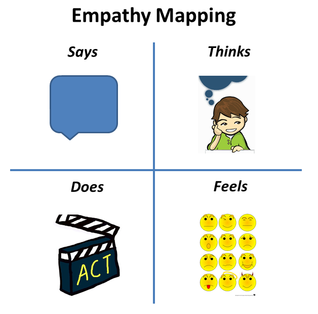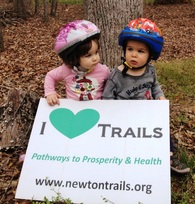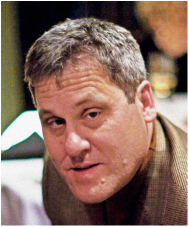Last week, I wrote about my experiences with Design Thinking and my belief in the untapped potential to bring breakthrough solutions to small businesses, non-profits, and local government projects. The general notion of design as a way of thinking has evolved over several decades, with roots going back more than half a century.
I referred specifically to IBM Design Thinking because that's where I gained my exposure and experience. It was also noteworthy because of recent IBM announcements to share the IBM Design Thinking framework with the world. This talk by IBM design principal Doug Powell of IBM elaborates on some of the basics I shared last week:
I referred specifically to IBM Design Thinking because that's where I gained my exposure and experience. It was also noteworthy because of recent IBM announcements to share the IBM Design Thinking framework with the world. This talk by IBM design principal Doug Powell of IBM elaborates on some of the basics I shared last week:
IBM's is one of many different frameworks for organizing Design Thinking activities and producing user-centered outcomes. The case study below from the "Good Kitchen" project in Denmark uses a slightly different framework, but the principles are the same. University of Virginia Darden Graduate School of Business professor Jeanne Liedtka explains how a Design Thinking focus on the problem and not preconceived solutions generated far more impactful results:
As you can see, these techniques are not just for mass-produced products or software. Both the principles and the practice can be scaled to problem solving in any walk of life. Contact us and let's find those breakthrough solutions for you.







 RSS Feed
RSS Feed